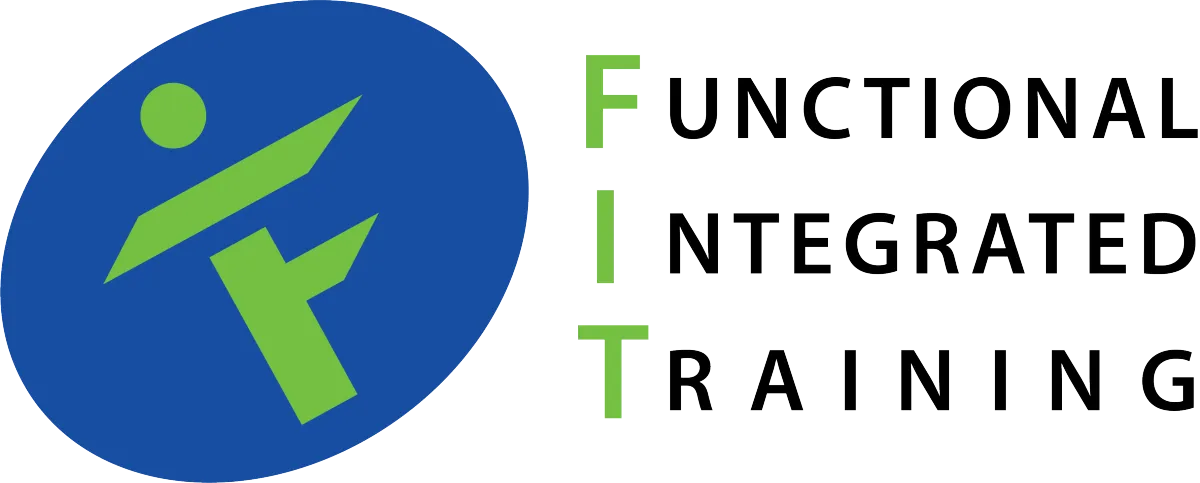STRENGTH TRAINING BLOG

Isometric Training: A Breakthrough for Recovery & Lasting Strength
Why Fitness Experts Call Isometric Training a Breakthrough for Recovery and Lasting Strength
Blog Description:
Discover why fitness experts in Fitchburg, WI, call isometric training a breakthrough for recovery and lasting strength. Learn how it reduces soreness, strengthens muscles, and improves endurance—all with minimal joint stress. Start your journey today at Functional Integrated Traing
Recovering from intense workouts or injuries can be a slow and frustrating process. Many people struggle with muscle fatigue, stiffness, and loss of strength after intense physical activity. Traditional workout routines often involve repetitive movements, leading to wear and tear on joints and longer recovery times.
This is where isometric training comes in. Fitness experts are now recommending this technique as a breakthrough method for faster recovery and long-lasting strength. Whether you are an athlete, a fitness enthusiast, or someone looking for a pain-free way to stay strong, isometric training could be the game-changer you need.
In this guide, we will explore:
What isometric training is and how it works.
Why fitness experts trust it for recovery
How it builds lasting strength
Easy exercises to get started
What Is Isometric Training?
Isometric training is a type of strength training where your muscles engage without movement. Instead of lifting weights or doing dynamic exercises like squats or push-ups, you hold a position for a specific period.
For example:
Holding a plank without moving
Pressing your palms together and applying force
Holding a wall for 30 seconds
Unlike traditional workouts, which rely on full range of motion, isometric exercises keep your muscles under constant tension. This activates muscle fibers deeply, helping to improve endurance, recovery, and strength without stressing your joints.
Why Isometric Training is a Game-Changer for Recovery
One of the biggest reasons fitness experts endorse isometric training is because it speeds up muscle recovery. Here’s how:
1. Reduces Muscle Soreness
Traditional workouts create tiny muscle tears, causing discomfort and delayed recovery. Isometric exercises strengthen muscles without excessive motion, reducing post-workout soreness. This allows for consistent training with less downtime.
2. Low-Impact on Joints
Unlike high-impact movements, isometric exercises keep joints stable, reducing stress and wear. This makes them perfect for injury recovery and those with arthritis or chronic joint pain. They provide strength benefits without risking further damage.
3. Boosts Blood Flow to Muscles
Holding static positions increases circulation, helping muscles receive more oxygen and nutrients. This speeds up tissue repair, reducing stiffness and fatigue. Enhanced blood flow also improves overall muscle performance.
4. Engages Weak or Injured Muscles
Isometric training activates muscles gently, making it ideal for rehabilitation and strengthening weak areas. It allows targeted muscle engagement without excessive strain. This controlled approach prevents further injury while promoting steady progress.
How Isometric Training Builds Lasting Strength
Many people assume that building strength requires lifting heavy weights. However, research shows that isometric training can be just as effective, if not more, in developing long-term strength.
Here’s why:
1. Activates Maximum Muscle Fibers
Research shows that isometric exercises recruit more muscle fibers than traditional strength training. This deep activation enhances endurance and muscle definition. Over time, it leads to stronger, more resilient muscles.
2. Improves Core Stability
Isometric movements require sustained muscle engagement, forcing the core to work harder. This strengthens deep abdominal muscles, improving posture and balance. A strong core also reduces the risk of injuries.
3. Builds Strength Without Overtraining
Heavy lifting every day can lead to fatigue, muscle strain, and burnout. Isometric training provides strength gains with shorter sessions and less recovery time. This allows consistent progress without risking overuse injuries.
4. Enhances Mental Toughness and Focus
Holding static positions for extended periods demands discipline and mental endurance. This strengthens the mind-body connection, improving focus and resilience. Athletes and fitness enthusiasts benefit from increased willpower and concentration.
Best Isometric Exercises for Recovery and Strength
Ready to try isometric training? Here are some powerful exercises recommended by Fitchburg fitness experts:
1. Wall Sit
Sit against a wall with your knees bent at a 90-degree angle
Hold for 30-60 seconds
Benefits: Strengthens quads, glutes, and core
2. Plank Hold
Get into a push-up position but hold yourself up with your forearms
Keep your back straight and core tight
Hold for 30-60 seconds
Benefits: Builds core stability and endurance
3. Isometric Push-Up Hold
Lower into a push-up position and hold halfway down
Engage your chest and triceps
Hold for 15-30 seconds
Benefits: Strengthens the upper body without excessive movement
4. Glute Bridge Hold
Lie on your back with knees bent and feet flat.
Lift your hips and squeeze your glutes
Hold for 30-45 seconds
Benefits: Improves lower body strength and reduces back pain
5. Isometric Bicep Hold
Hold a dumbbell or resistance band at 90 degrees
Keep your arms still but flex your biceps
Hold for 30 seconds
Benefits: Builds arm strength without heavy lifting
How to Add Isometric Training to Your Routine
Beginners: Start with 15-30 seconds per exercise and increase gradually
Intermediate: Hold for 30-45 seconds, repeating each exercise 2-3 times
Advanced: Try holding for 1 minute or more with added resistance
To get the best results, combine isometric exercises with your regular workouts or use them on rest days for recovery.
Final Thoughts
Isometric training is one of the most effective and underrated ways to speed up recovery and build lasting strength. Fitness experts recommend it because:
Reduces soreness and improves muscle recovery
Strengthens muscles without stressing joints
Enhances endurance and full-body stability
Improves mental focus and willpower
Whether you're an athlete, a beginner, or recovering from an injury, isometric training can transform your fitness journey. Try adding these powerful exercises to your routine and experience the benefits for yourself.
Want Expert Guidance?
If you’re looking for professional coaching in Fitchburg, reach out to local fitness experts who can guide you in using isometric training effectively.
Start your journey to stronger muscles and faster recovery today!





